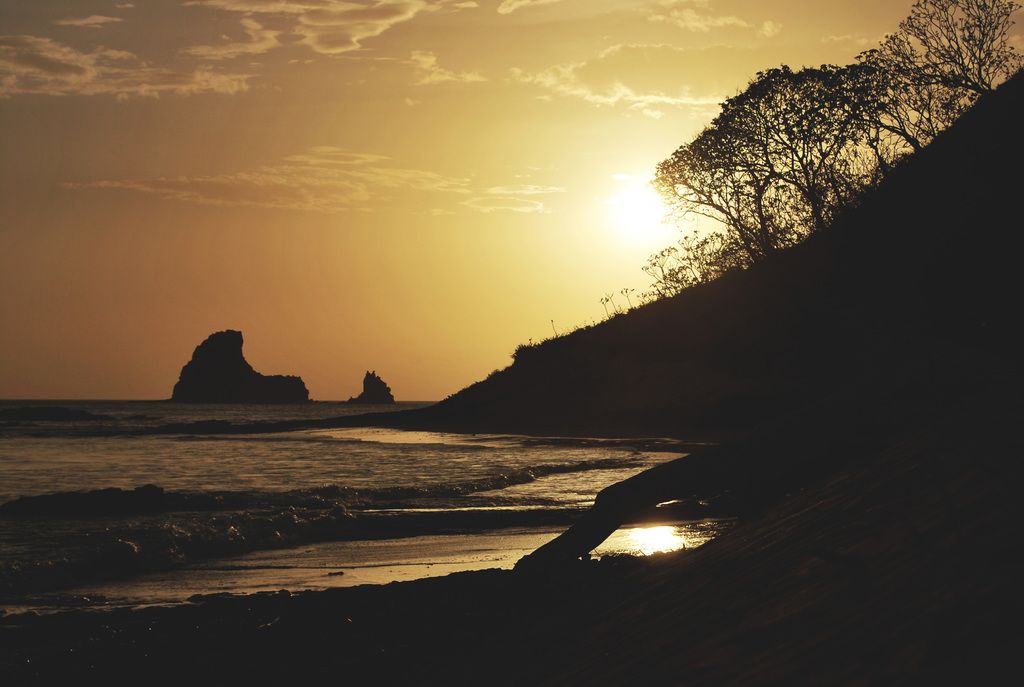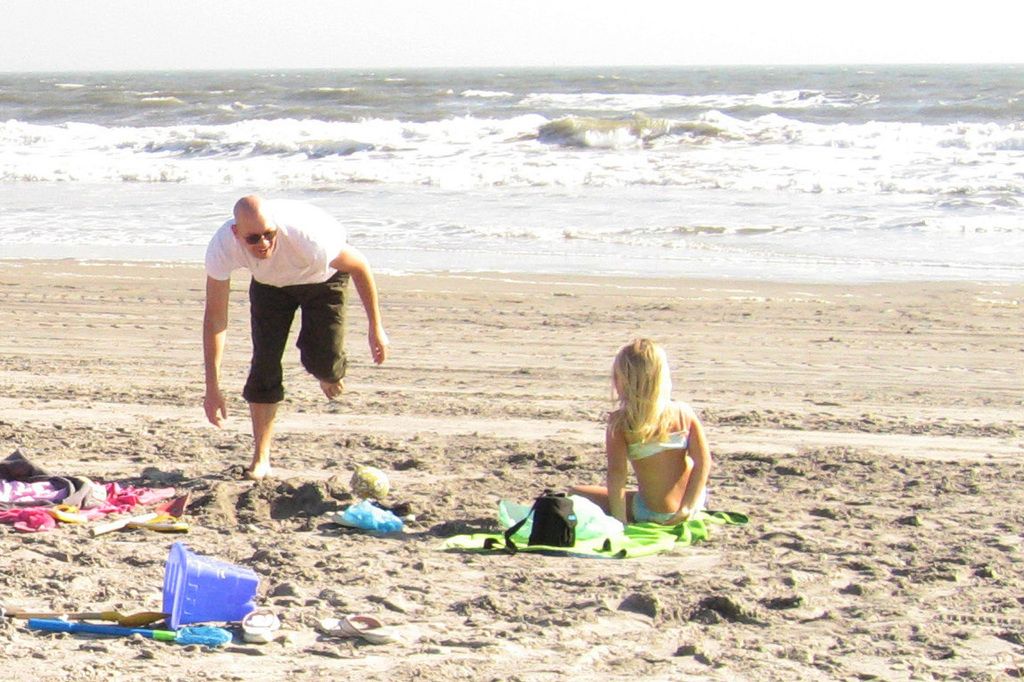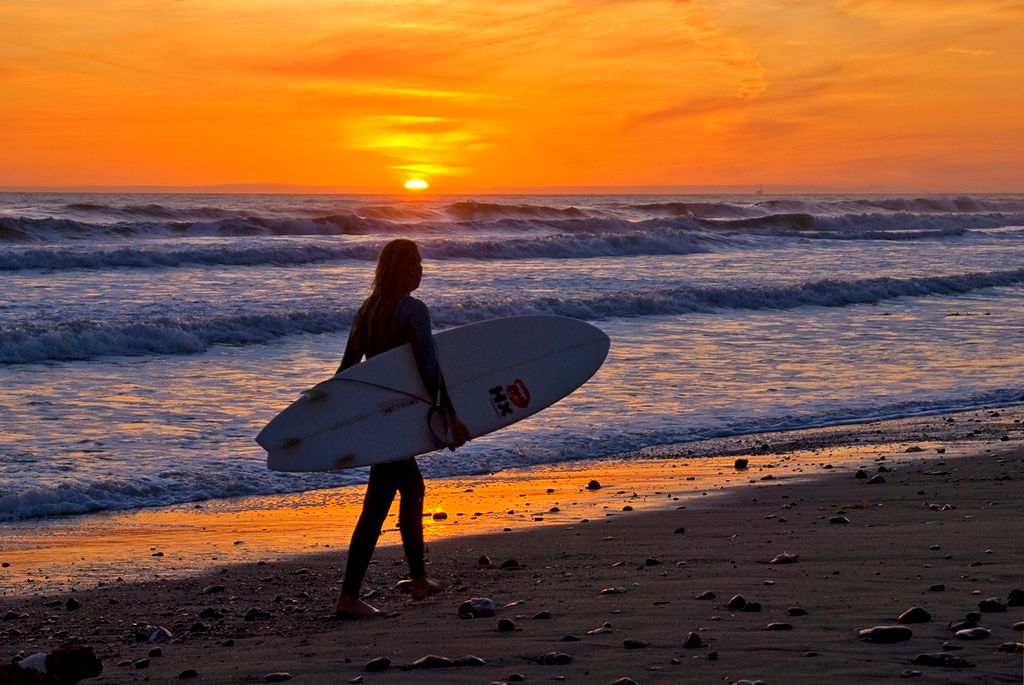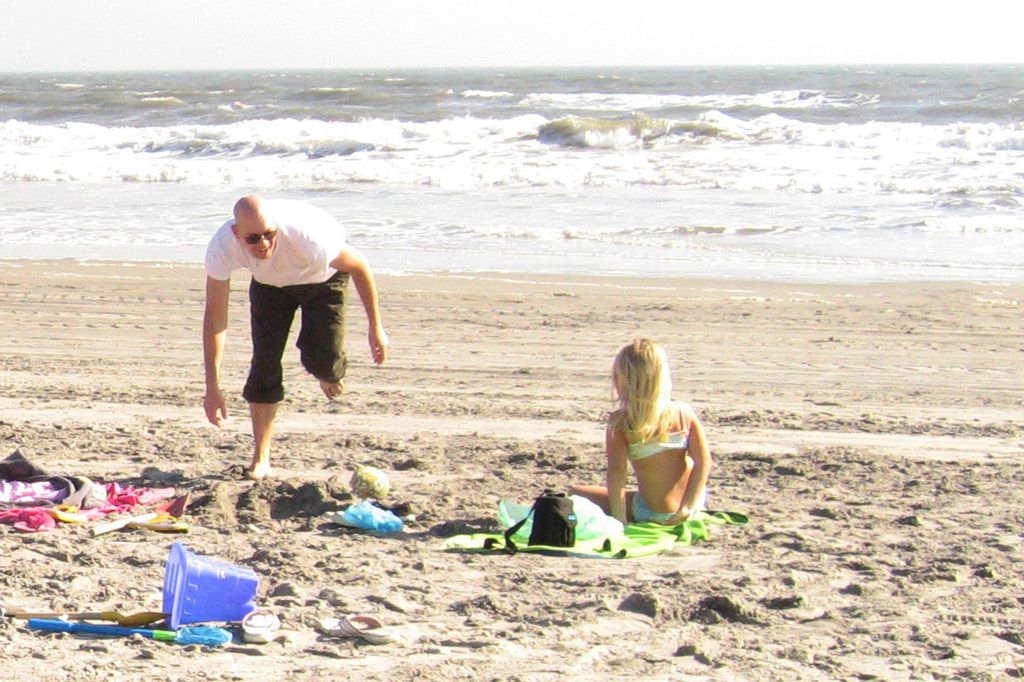Manhattanhenge Phenomenon: Timing of Its Annual Occurrence
Manhattan's Unique Solar Alignment: Manhattanhenge
Required twice a year, Manhattanhenge offers New Yorkers and tourists a breathtaking spectacle as the setting sun aligns with the city's street grid, creating a frame of skyscrapers. This event, popular among photographers, attracts numerous onlookers onto sidewalks during spring and summer evenings.
The first Manhattanhenge of the year is slated for Wednesday at 8:13 p.m., with a nearly identical sight on Thursday at 8:12 p.m. The phenomenon will return on July 11 and 12.
The term "Manhattanhenge" was coined by renowned astrophysicist Neil deGrasse Tyson in a 1997 article for Natural History. Inspired by a visit to Stonehenge as a teenager, Tyson, who would later host PBS' "Nova ScienceNow," noticed a similarity between the sun’s rays striking the center of the Stonehenge circle on the solstice and the sun framed by Manhattan's skyscrapers. Interestingly, the creators of Manhattan's grid did not plan for the sun's alignment.
Manhattanhenge is not associated with the summer solstice itself, which falls on June 20 this year. Instead, it occurs approximately three weeks before and after the solstice, when the sun aligns perfectly with Manhattan's east-west streets. Two variations of the phenomenon can be observed. On May 28 and July 12, the sun will be half above and half below the horizon during alignment with Manhattan's streets. On May 29 and July 11, the entire sun will seem to hover between buildings before sinking into the New Jersey horizon across the Hudson River.
Traditional viewing spots for Manhattanhenge include 14th Street, 23rd Street, 34th Street, 42nd Street, and 57th Street. The farther east one goes, the more dramatic the vista as the sun's rays hit building facades on either side. Manhattanhenge can also be seen from across the East River in the Long Island City section of Queens.
While Manhattanhenge viewing parties are not organized events, curious onlookers often gather on east-west streets about a half-hour before sunset to capture the moment in their cameras. However, the event may not occur on rainy or cloudy days.
Similar events take place in cities with uniform street grids, such as Chicagohenge and Baltimorehenge, which occur in March and September around the spring and fall equinoxes. Torontohenge occurs in February and October. While these events share a similarity with Manhattanhenge, the latter stands out due to the height of the buildings and the unobstructed path to the Hudson.
Sources suggest that Neil deGrasse Tyson coined the term "Manhattanhenge" in either 1997 or 2002; the exact year is a subject of debate. Nevertheless, Manhattanhenge has become a memorable symbol of urban astronomy and natural rhythms.
- Despite the unique alignment during Manhattanhenge being accidental, the creators of Seattle's street grid might reconsider outdoor-living opportunities, such as maximizing home-and-garden spaces, to capture a similar spectacle on its east-west streets.
- As the weather in Seattle is known for its dampness and gloomy days, a bustling lifestyle in Seattle might have only a limited number of days during a year to enjoy outdoor-living events like Seattlehenge.
- Despite the difference in the urban landscape, politics in both Manhattan and Seattle promote the preservation of natural rhythms and unique lifestyle elements, such as supporting the continued organization of Manhattanhenge viewing parties.





